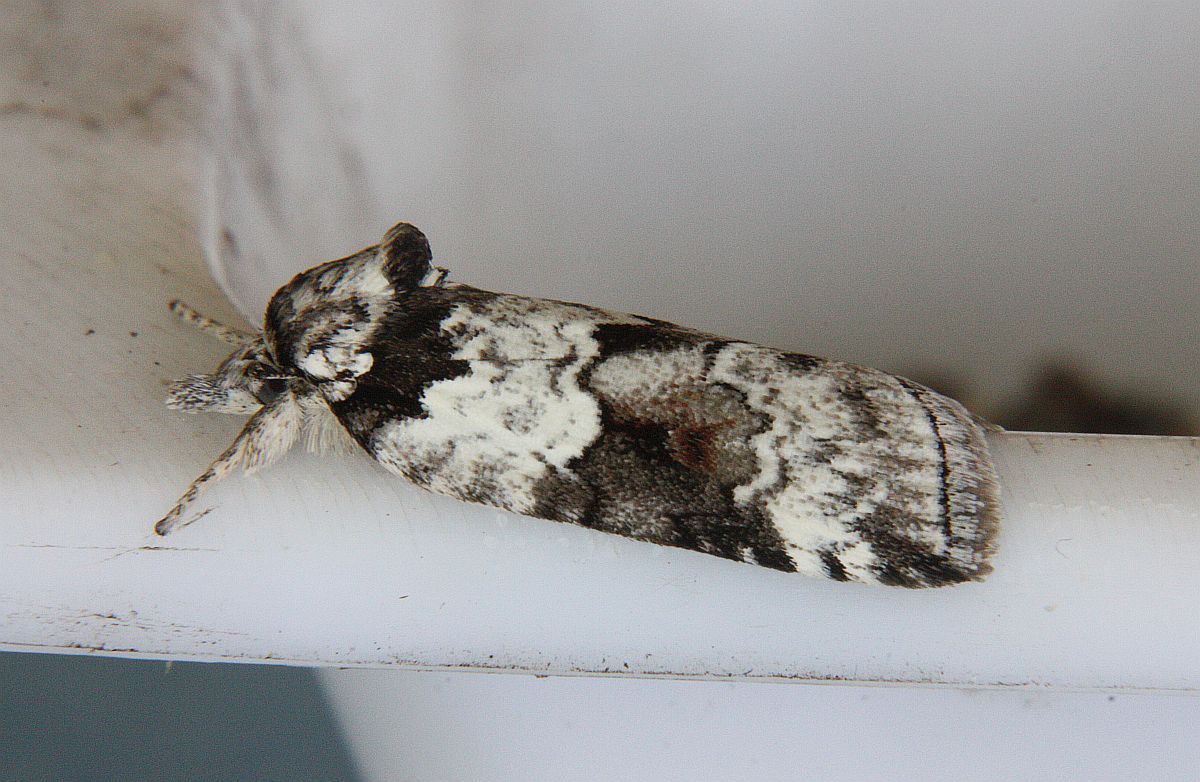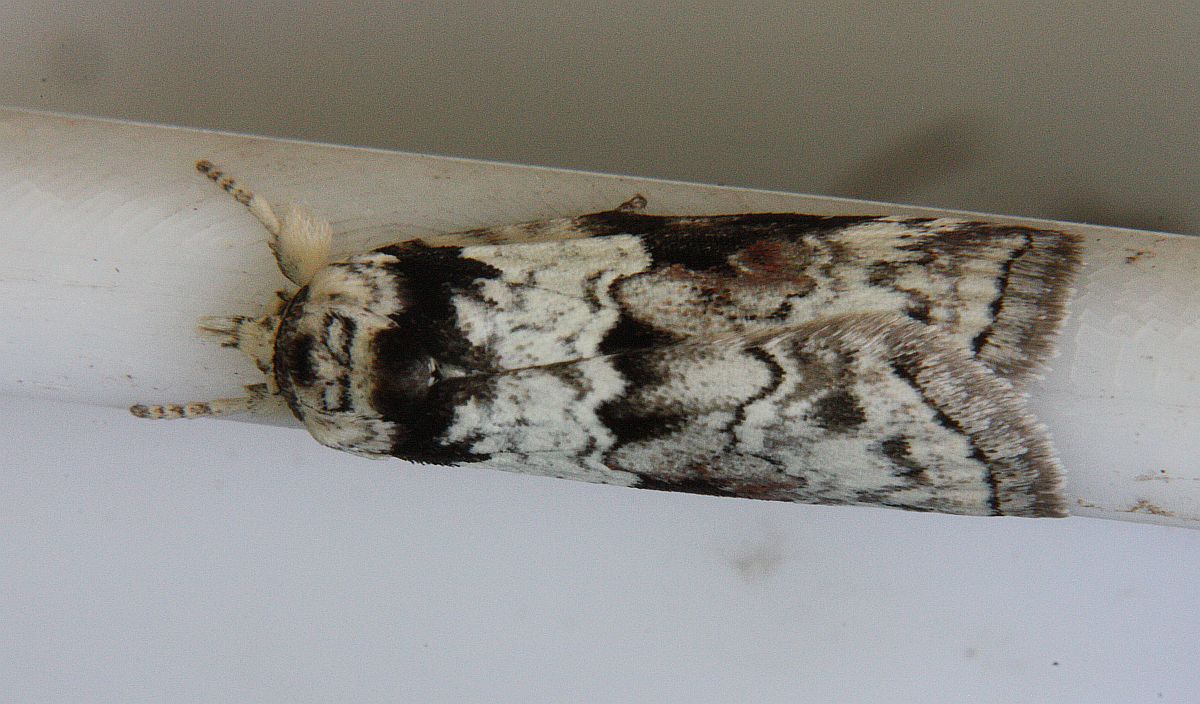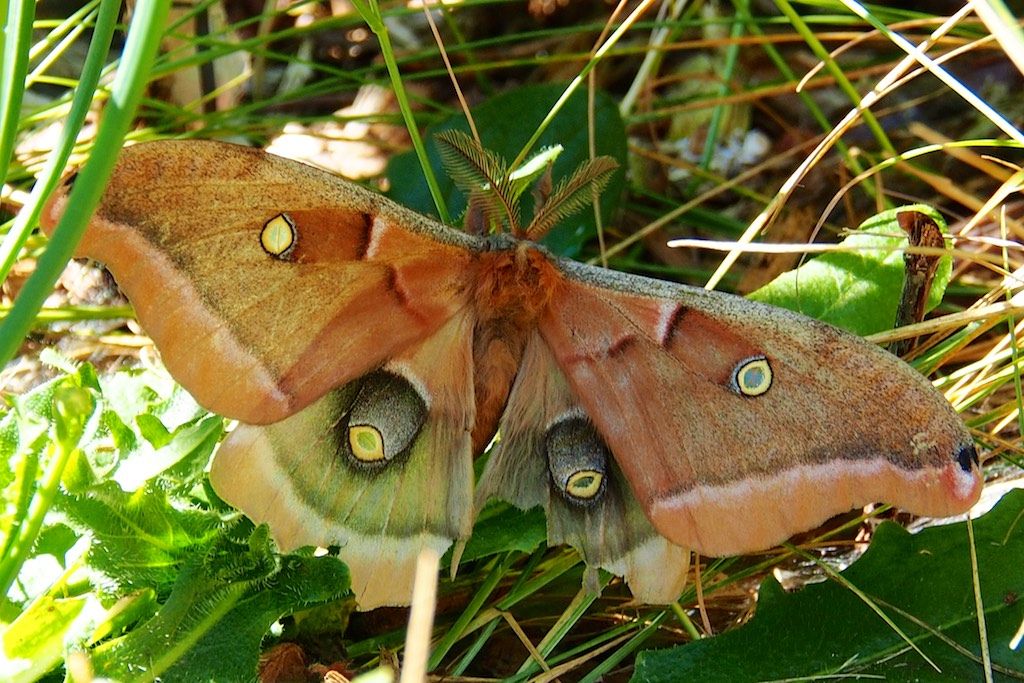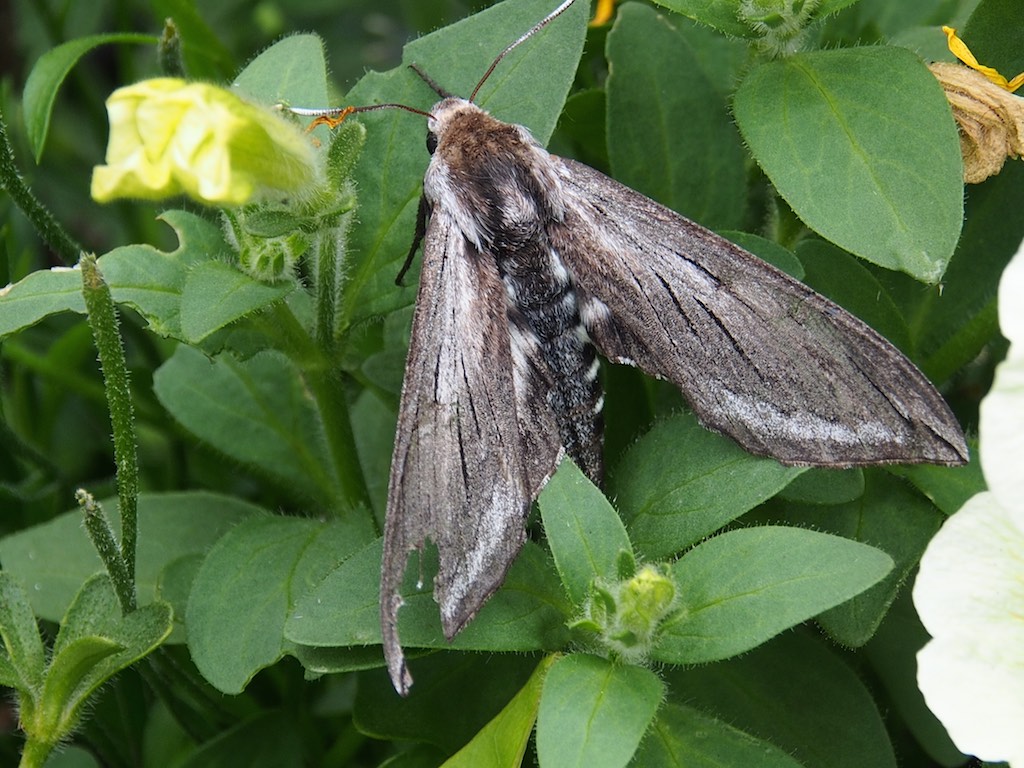2015 June 30
Rob Gowan and I finally managed to get the better of our computers, which were initially doing their best to prevent me from posting his picture of Anarta nigrolunata. This is a moth of the alpine meadows high in the mountains, and it was photographed by Rob right at the top of Mount Washington during the June 13 VNHS trip there. It has a nice furry thorax, presumably to keep it warm during the chilly mountain-top nights.
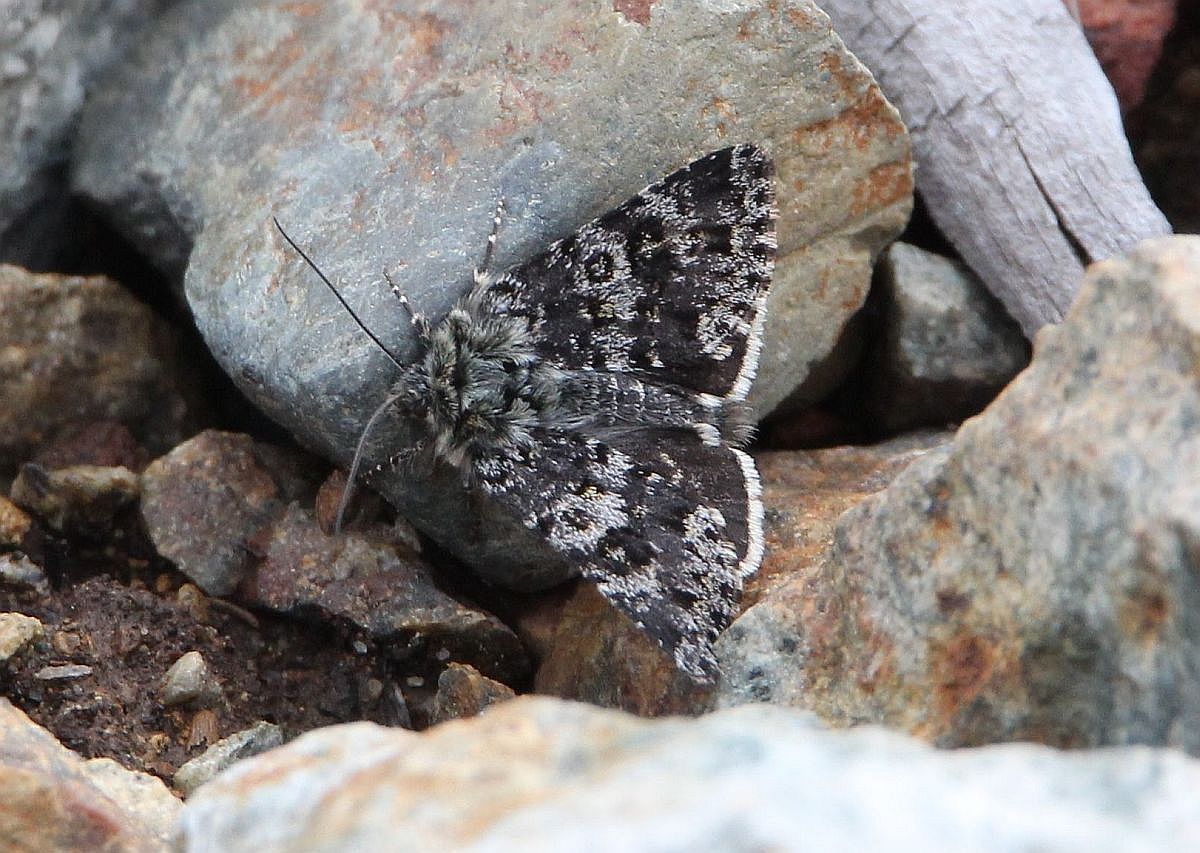
 Anarta nigrolunata (Lep.: Noctuidae) Rob Gowan
Anarta nigrolunata (Lep.: Noctuidae) Rob Gowan
Back home in Victoria on June 27, Rob photographed an Autographa californica sitting on his garden tap – presumably a thirsty moth!
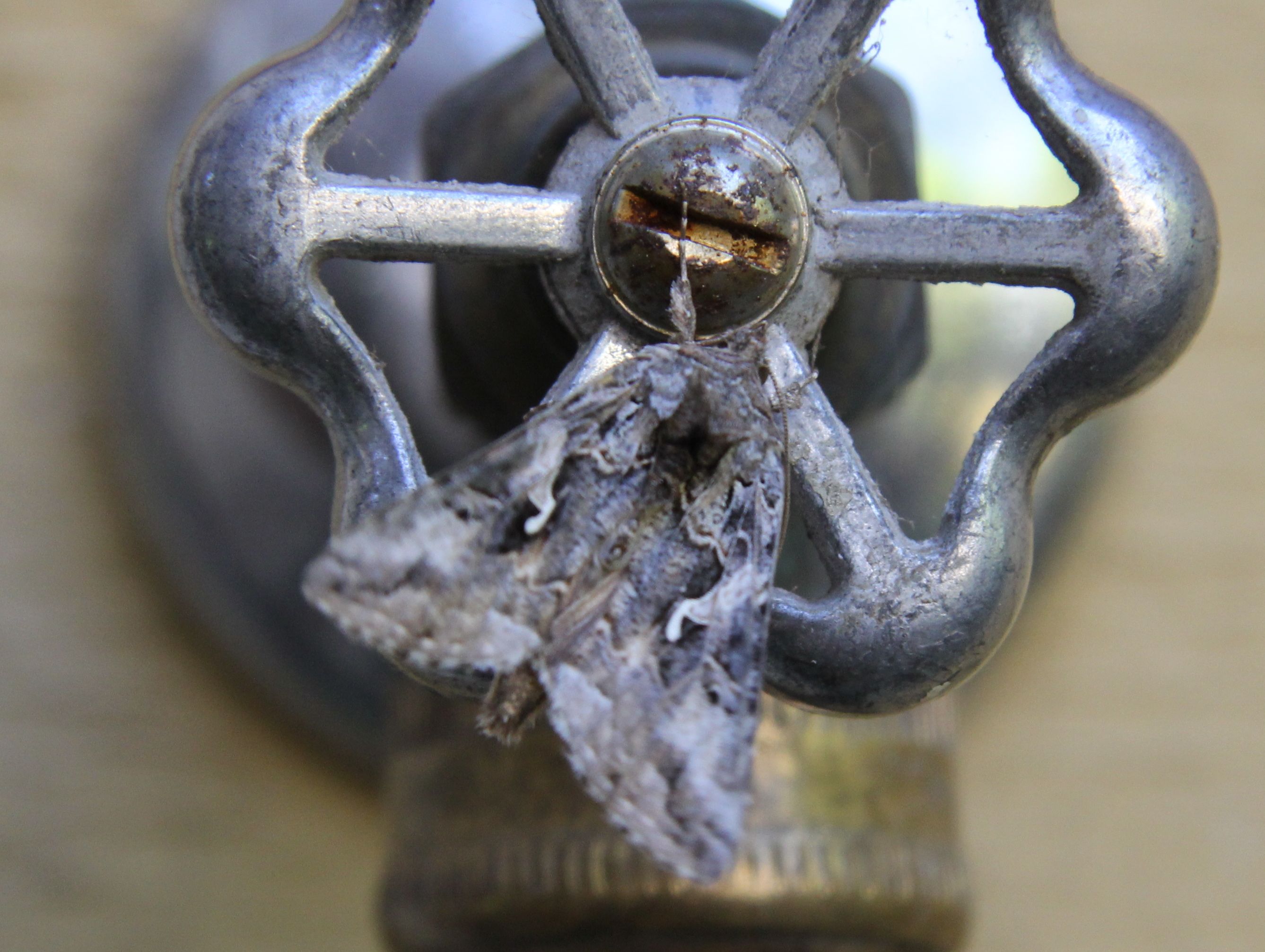
 Autographa californica (Lep.: Noctuidae) Rob Gowan
Autographa californica (Lep.: Noctuidae) Rob Gowan
Cheryl Gowan photographed a Hesperumia latipennis in Metchosin on June 29. This is a geometrid, whose caterpillar feeds on Ocean Spray.
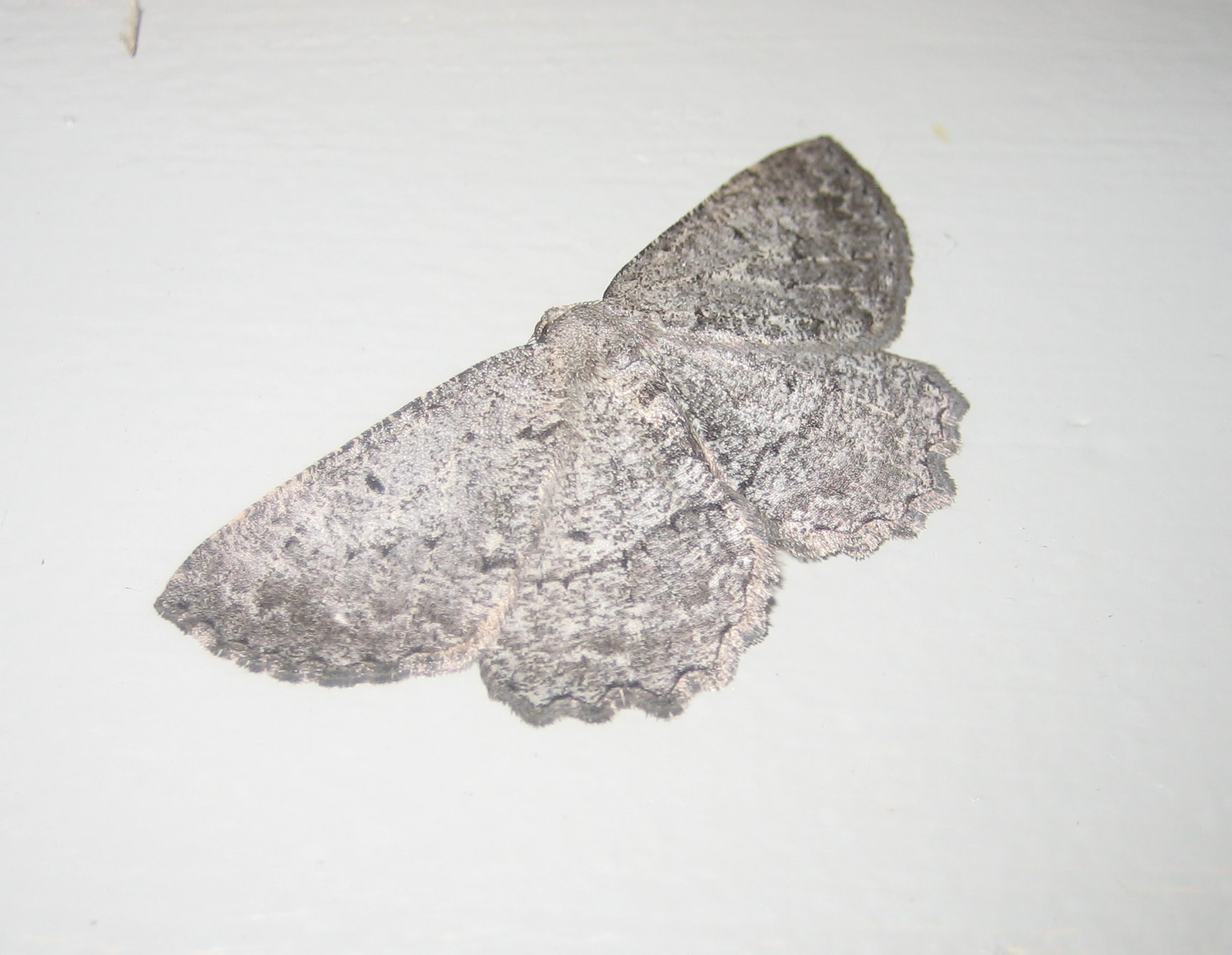
 Hesperumia latipennis (Lep.: Geometridae) Cheryl Hoyle
Hesperumia latipennis (Lep.: Geometridae) Cheryl Hoyle
She also photographed a wasp-mimic beetle in View Royal, June 29, identified for us by Scott Gilmore.
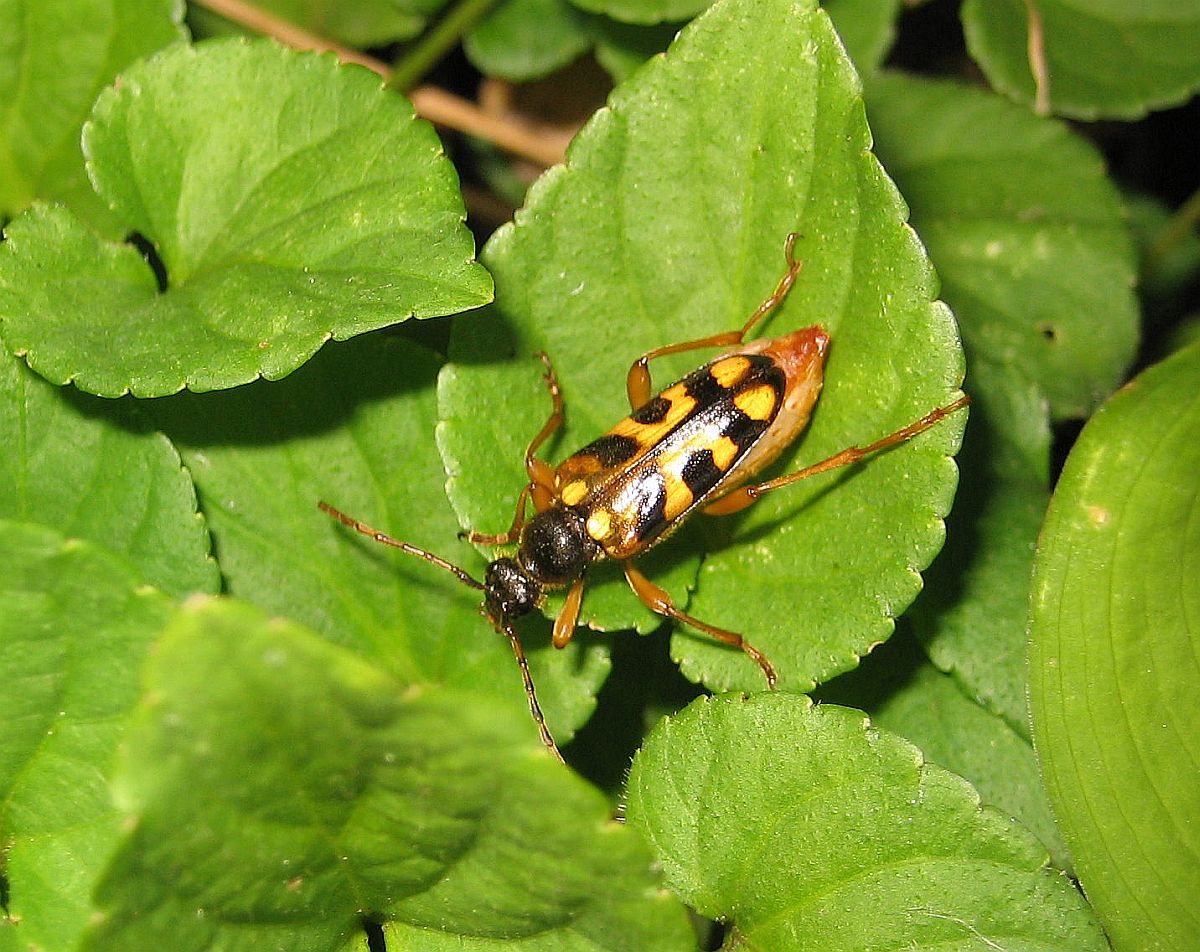
 Xestoleptura crassicornis (Col.: Cerambycidae) Cheryl Hoyle
Xestoleptura crassicornis (Col.: Cerambycidae) Cheryl Hoyle
Annie Pang sends photographs of a green lacewing Chrysopa sp. and a brown lacewing.
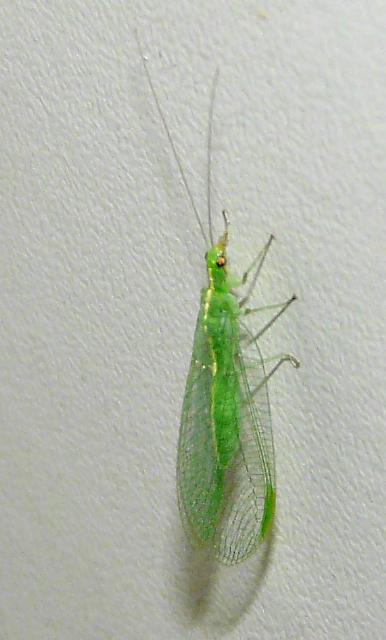
Green lacewing Chrysopa sp. (Neu.: Chrysopidae)
Annie Pang
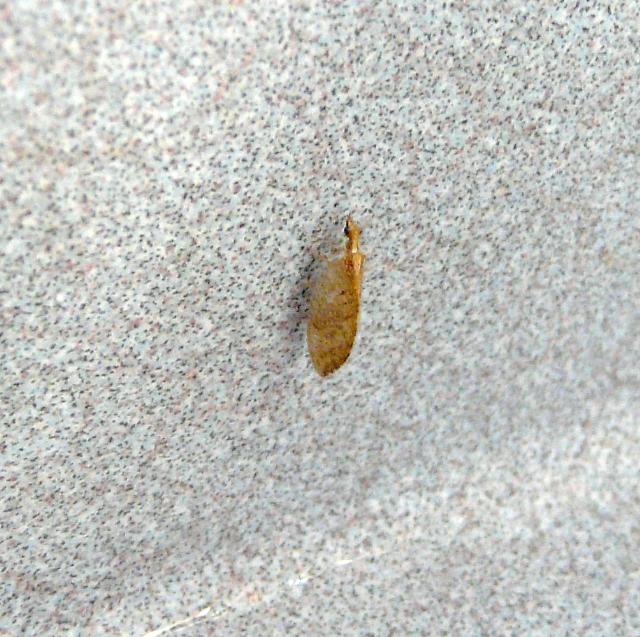
Micromoth specialist Eric LaGasa has recently identified some of the micro moths
that have been photographed recently. Three of them turned out to be Archips rosana:
One of them was from the Metchosin Bioblitz, so I have forwarded the record to them just in case it’s an addition. [Added later: Apparently it was!]
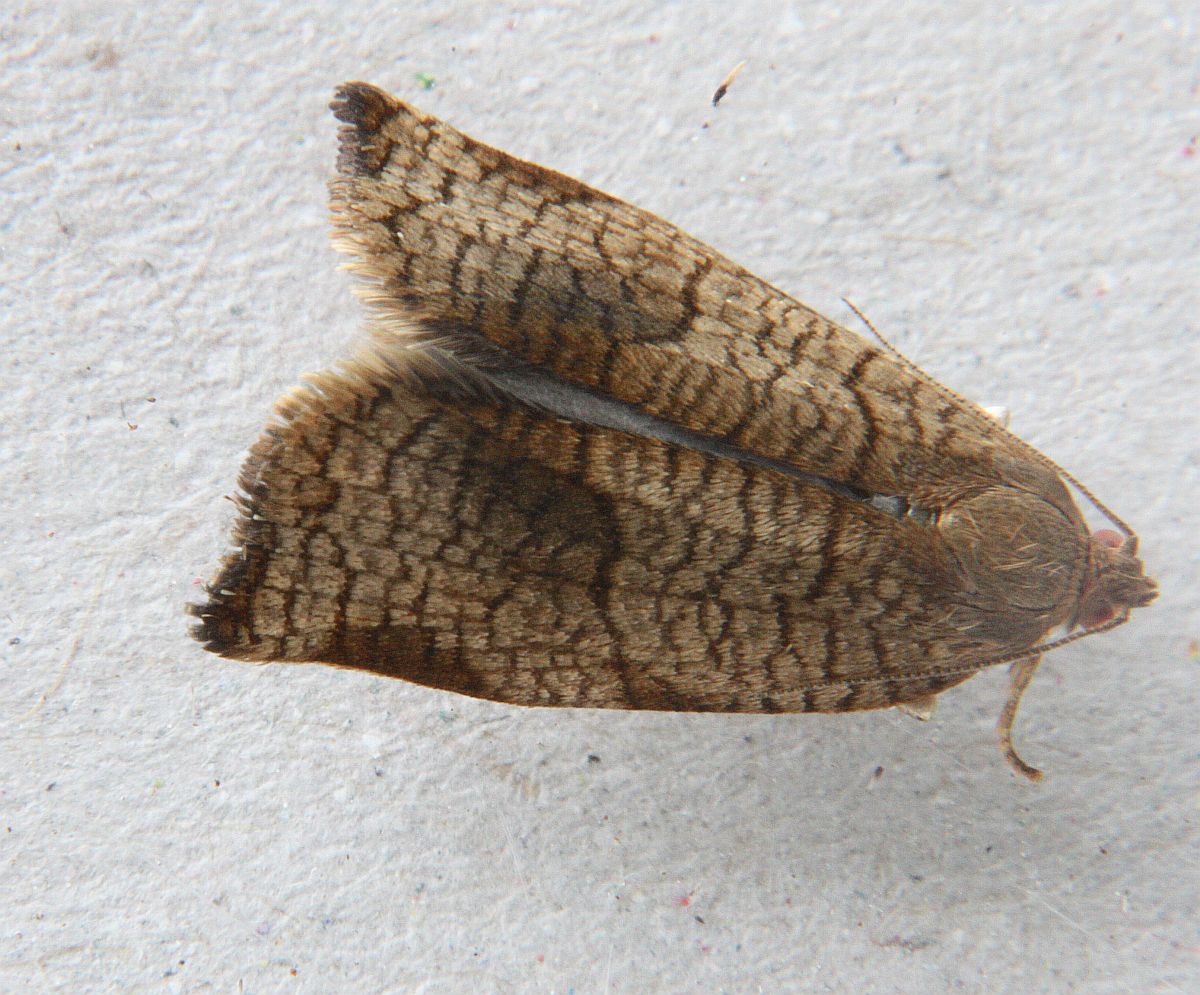
 Female Archips rosana (Lep.: Tortricidae) Jeremy Tatum
Female Archips rosana (Lep.: Tortricidae) Jeremy Tatum
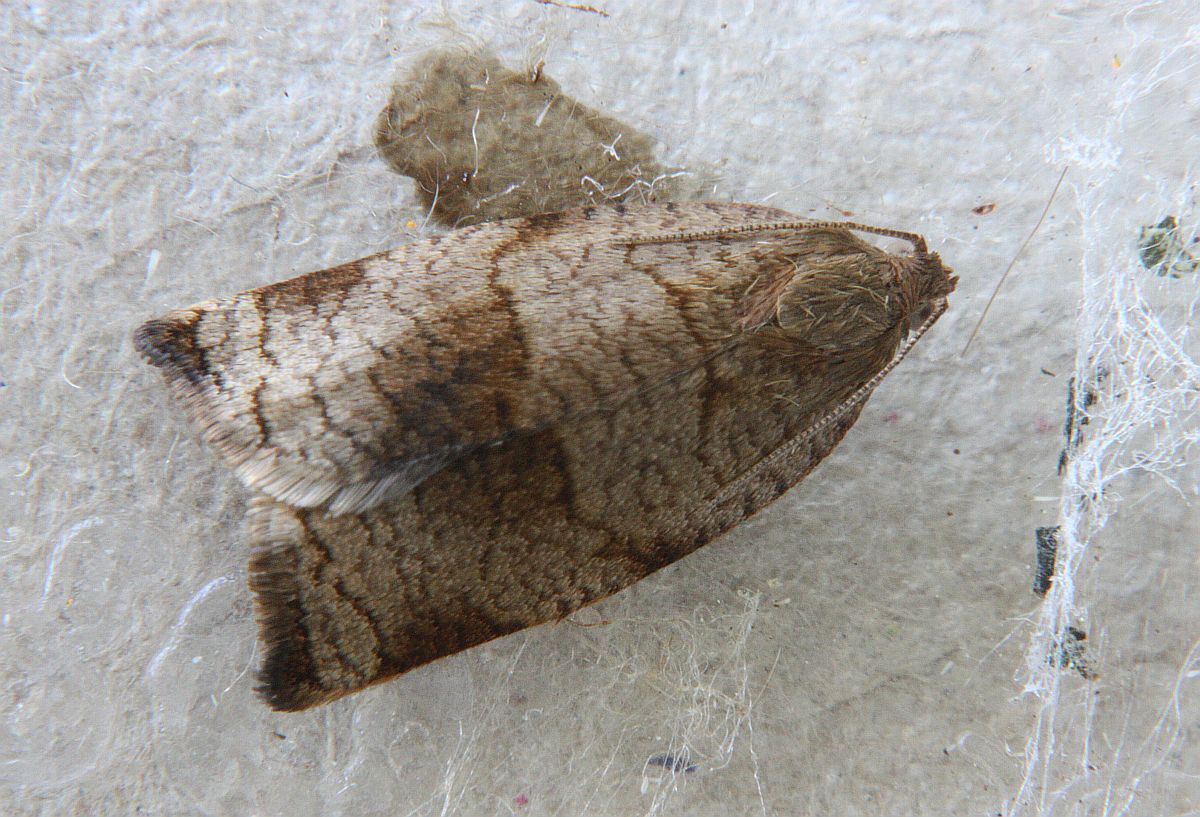
 Female Archips rosana (Lep.: Tortricidae) Jeremy Tatum
Female Archips rosana (Lep.: Tortricidae) Jeremy Tatum
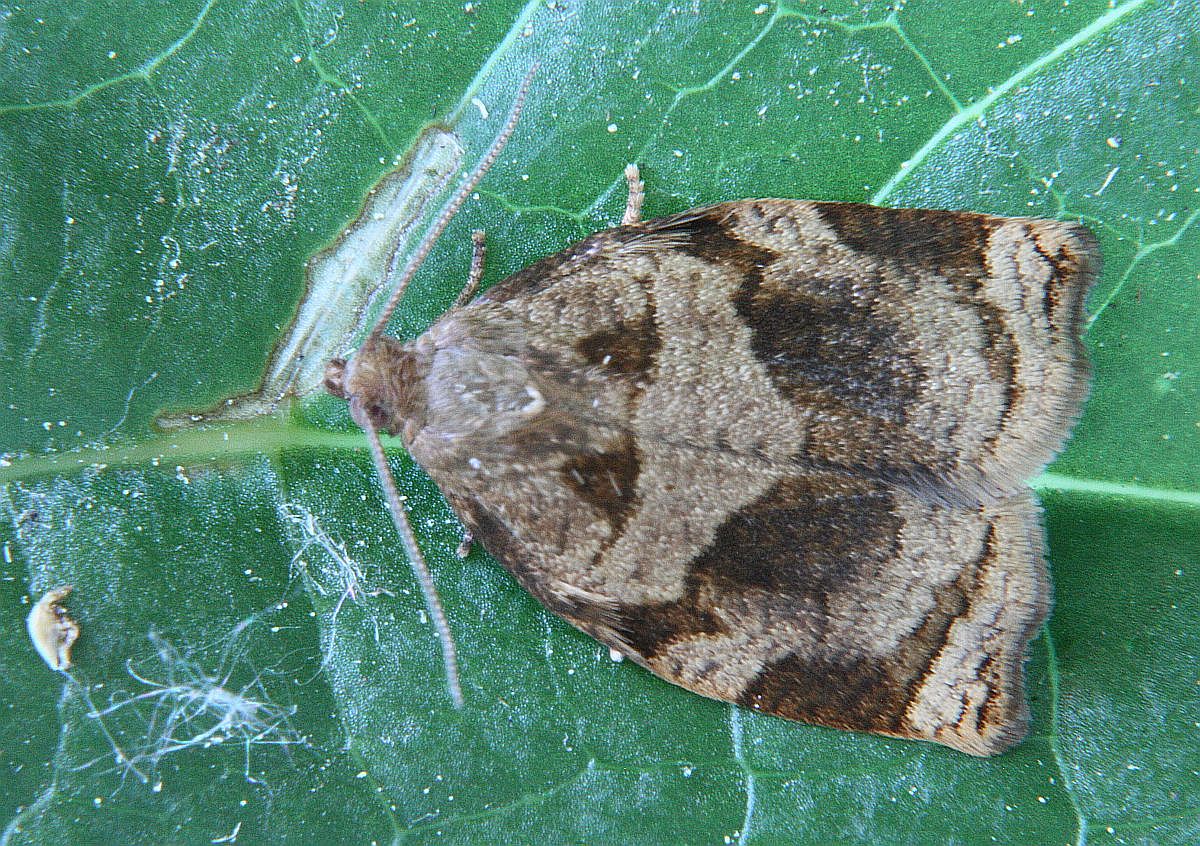
 Male Archips rosana (Lep.: Tortricidae) Jeremy Tatum
Male Archips rosana (Lep.: Tortricidae) Jeremy Tatum
The following three were photographed during the June 13 Mount Washington trip.
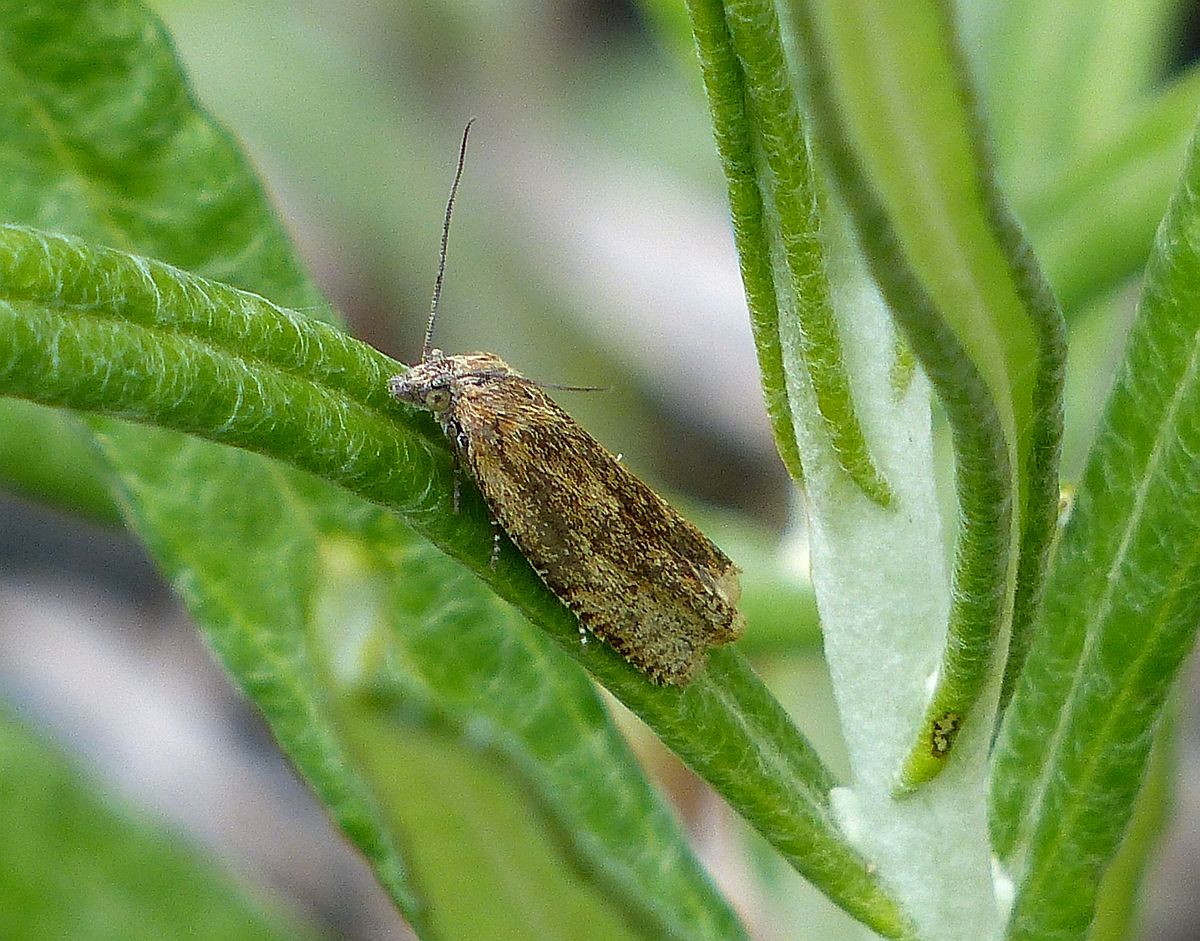
 Possibly Dicrorampha vancouverana (Lep.: Tortricidae) Aziza Cooper
Possibly Dicrorampha vancouverana (Lep.: Tortricidae) Aziza Cooper
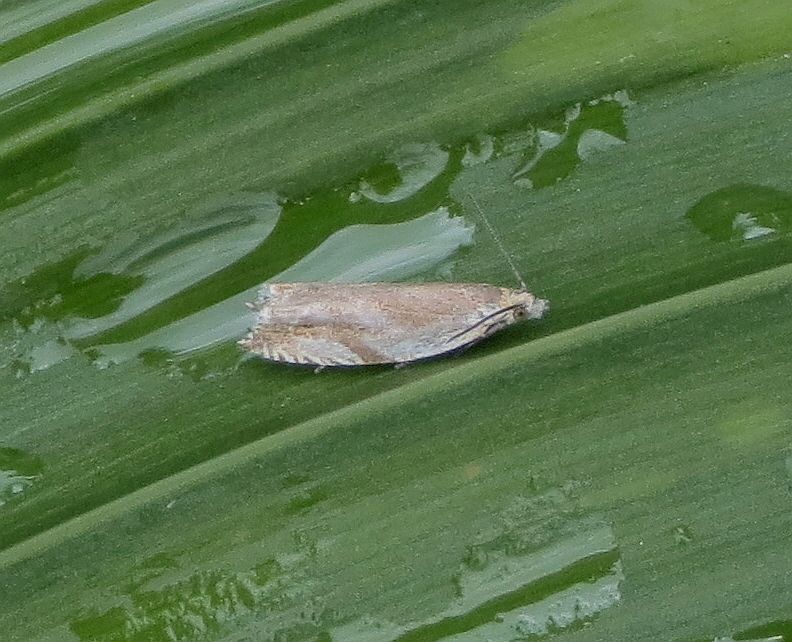
 Ancylis sp. (Lep.: Tortricidae) Bill Katz
Ancylis sp. (Lep.: Tortricidae) Bill Katz
Libby Avis suggested the identification of the one below. We saw lots of them on Mount Washington.
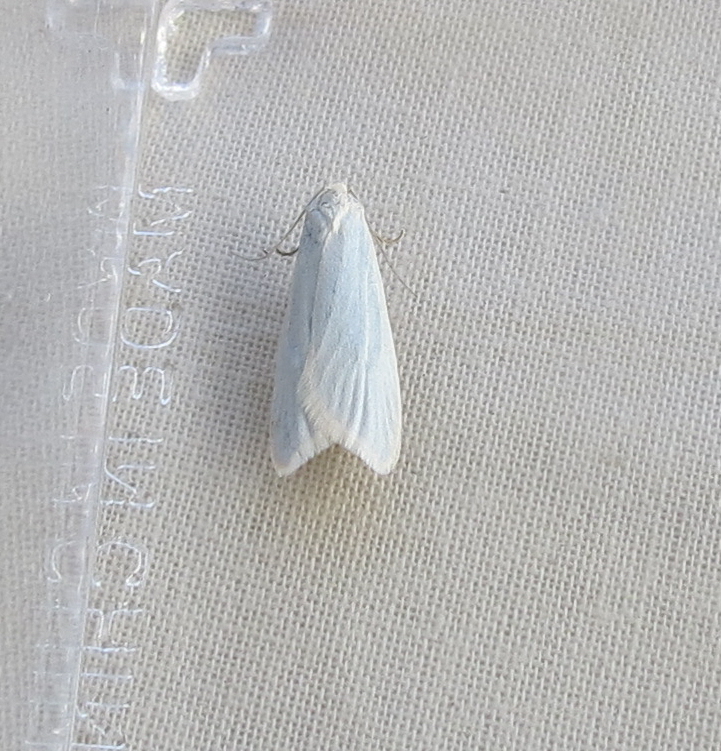
 Eana sp.: (Lep.: Tortricidae) Bill Katz
Eana sp.: (Lep.: Tortricidae) Bill Katz
Jeremy Tatum writes: Adult Milbert’s Tortoiseshells started to emerge today from pupae resulting from caterpillars that I found on the Metchosin Bioblitz. ‘Fraid I didn’t manage to photograph an upperside, but here’s an underside. I released this one in the Finnerty Gardens (UVic).
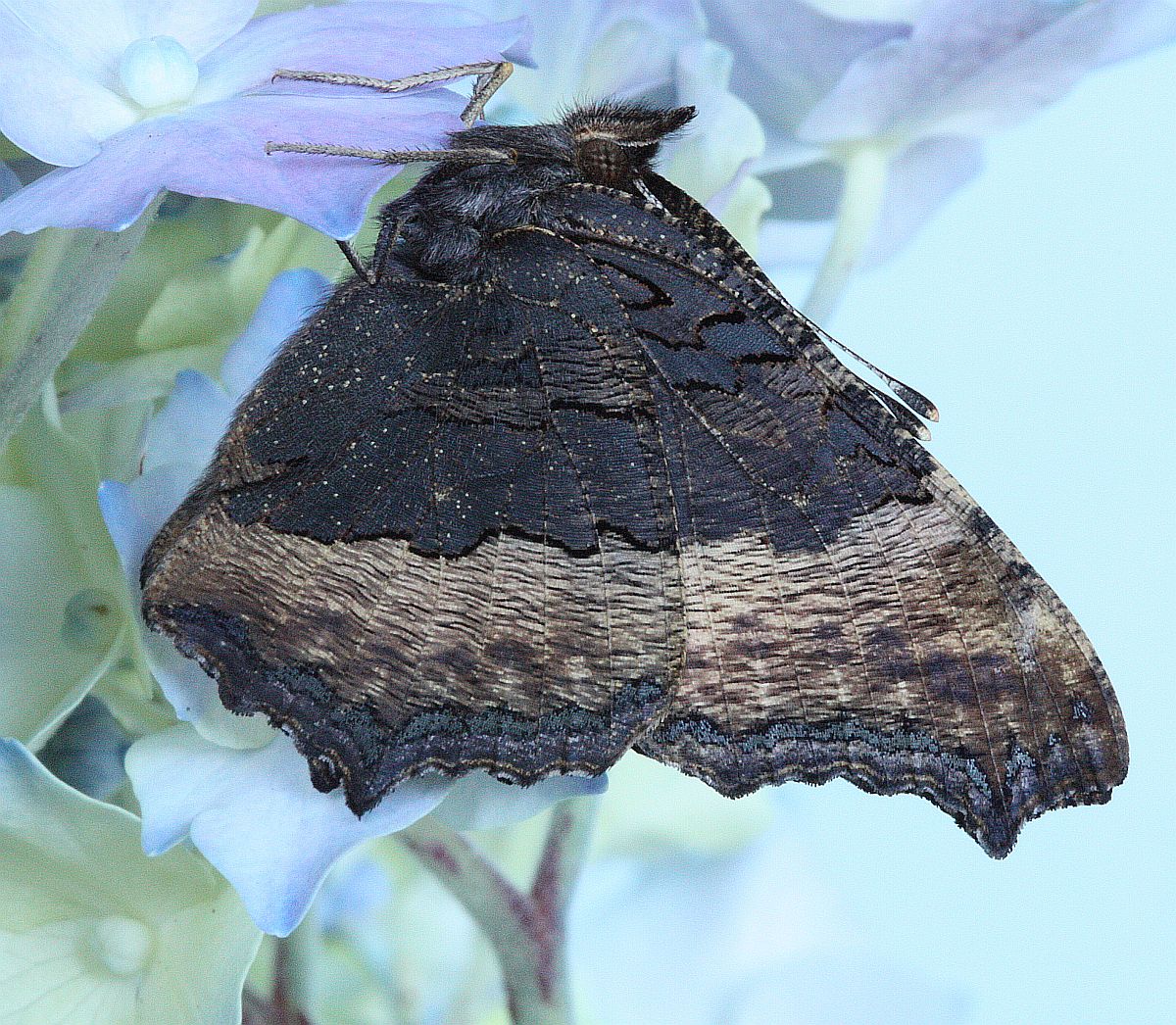
 Milbert’s Tortoiseshell Aglais milberti (Lep.: Nymphalidae) Jeremy Tatum
Milbert’s Tortoiseshell Aglais milberti (Lep.: Nymphalidae) Jeremy Tatum
Scott Gilmore writes: Last night I found a "giant" click beetle that is almost 2 cm long Athous scissus wrapped up in a spider web near a black light.
I also found a new to me beetle near a CFL light, Crytarcha ampla.
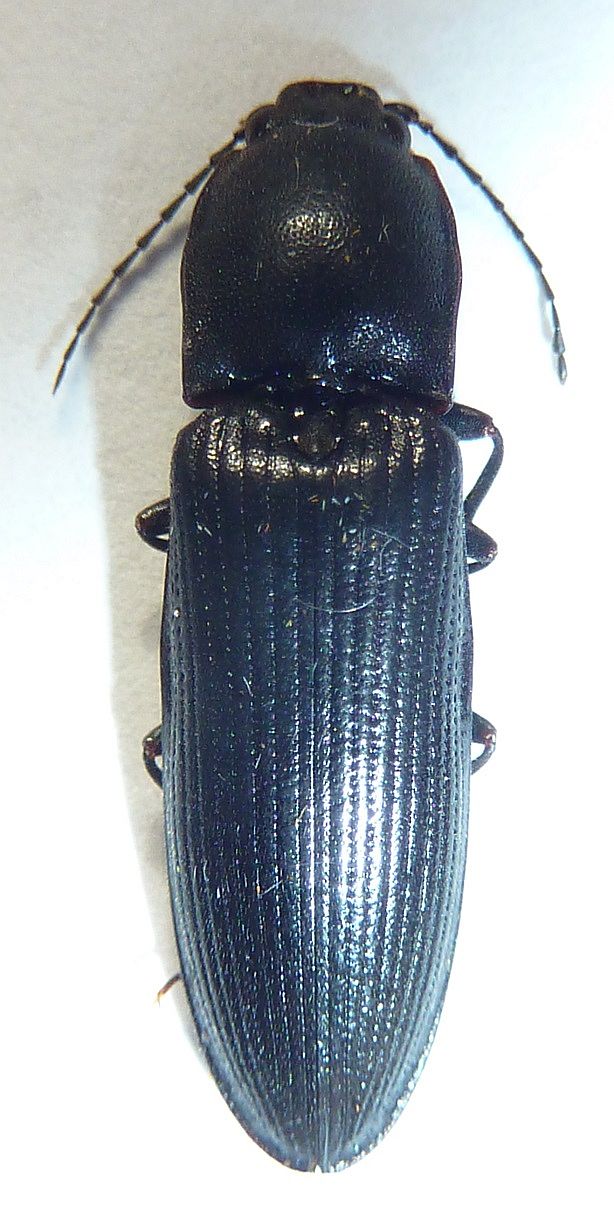
 Athous scissus (Col.: Elateridae) Scott Gilmore
Athous scissus (Col.: Elateridae) Scott Gilmore
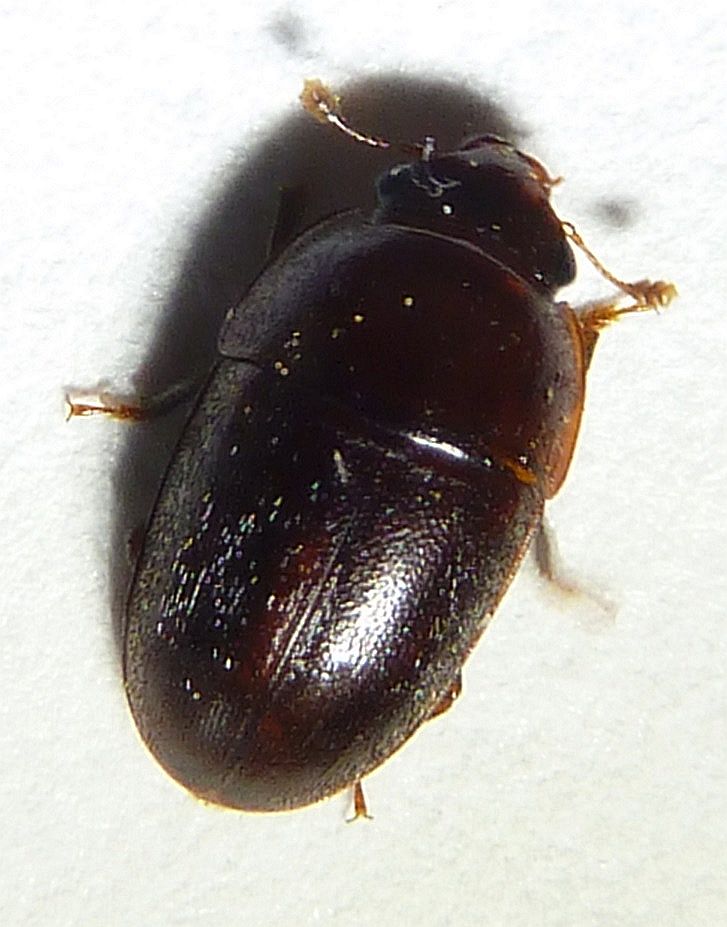
 Crytarcha ampla (Col.: Nitidulidae) Scott Gilmore
Crytarcha ampla (Col.: Nitidulidae) Scott Gilmore

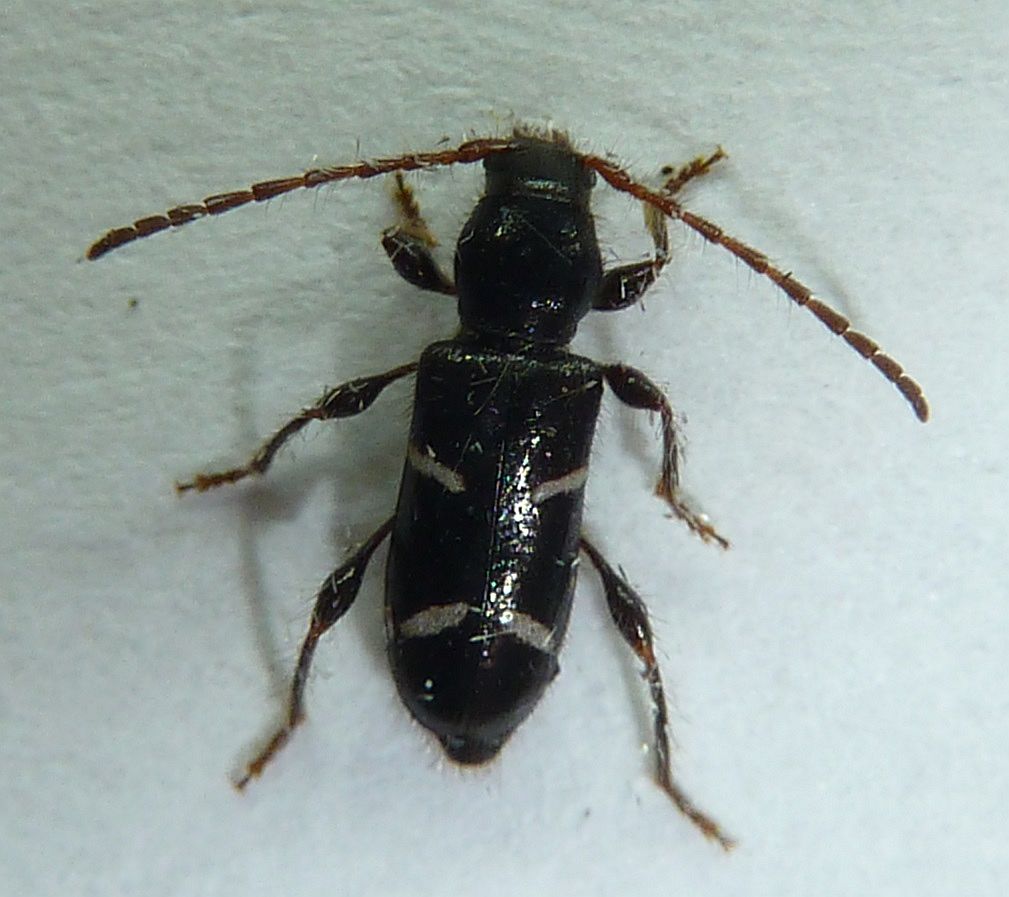
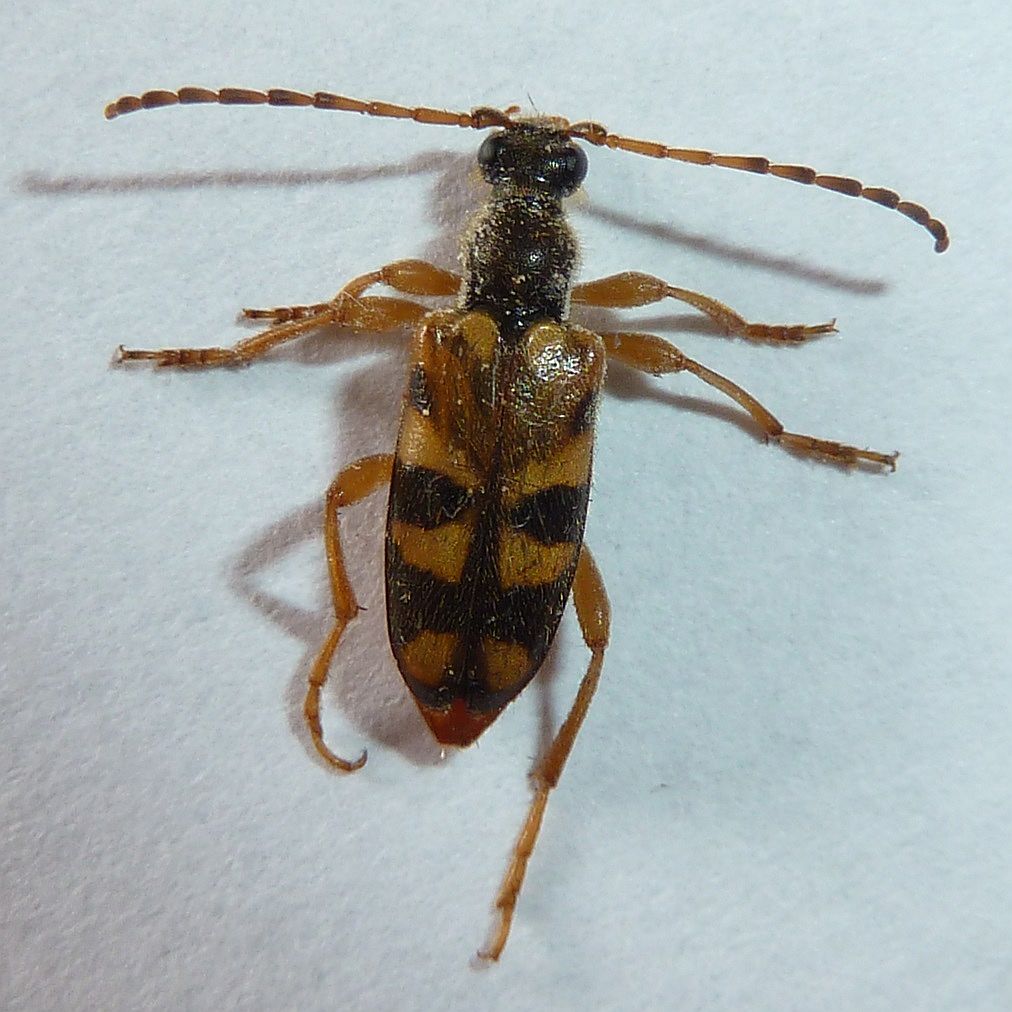
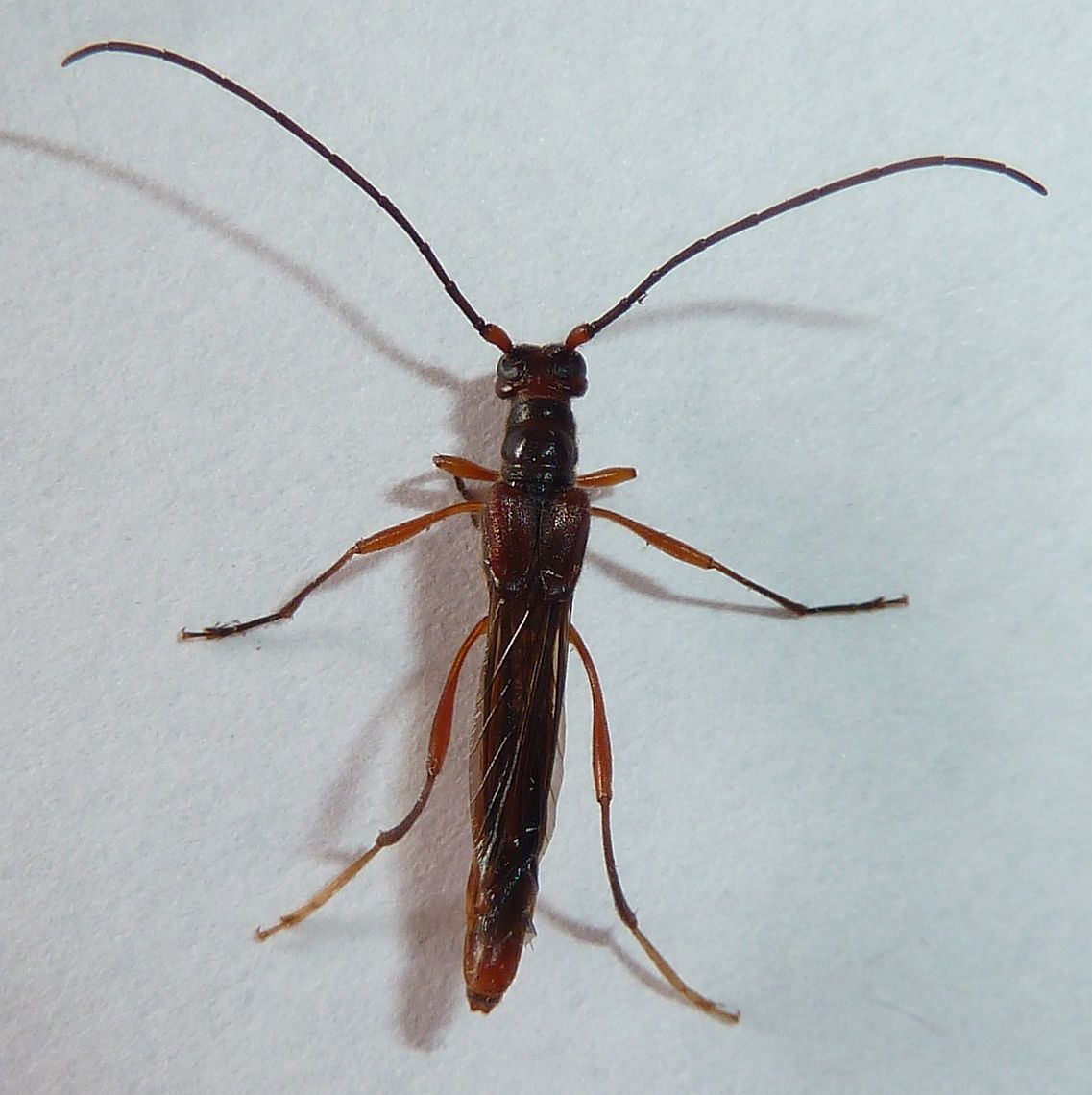
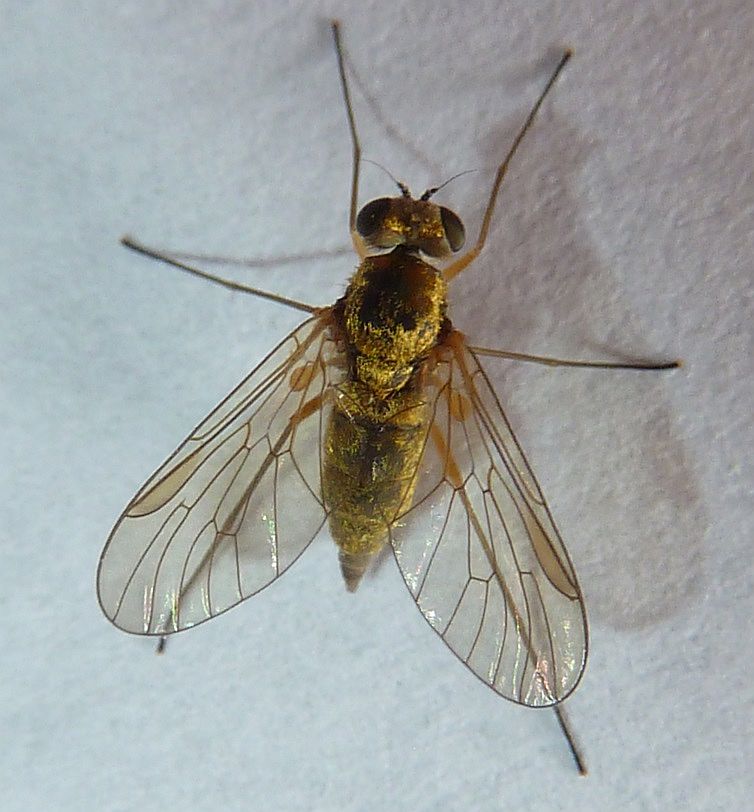

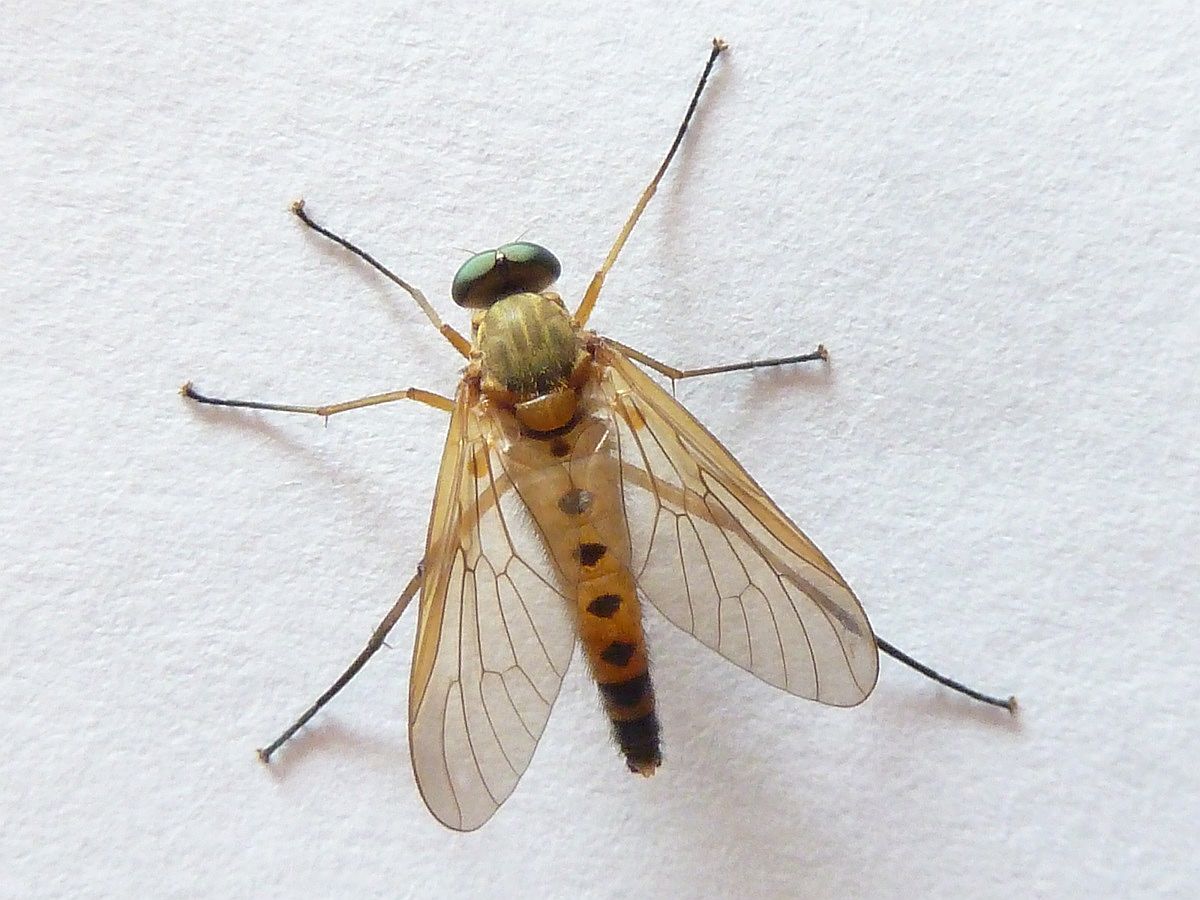
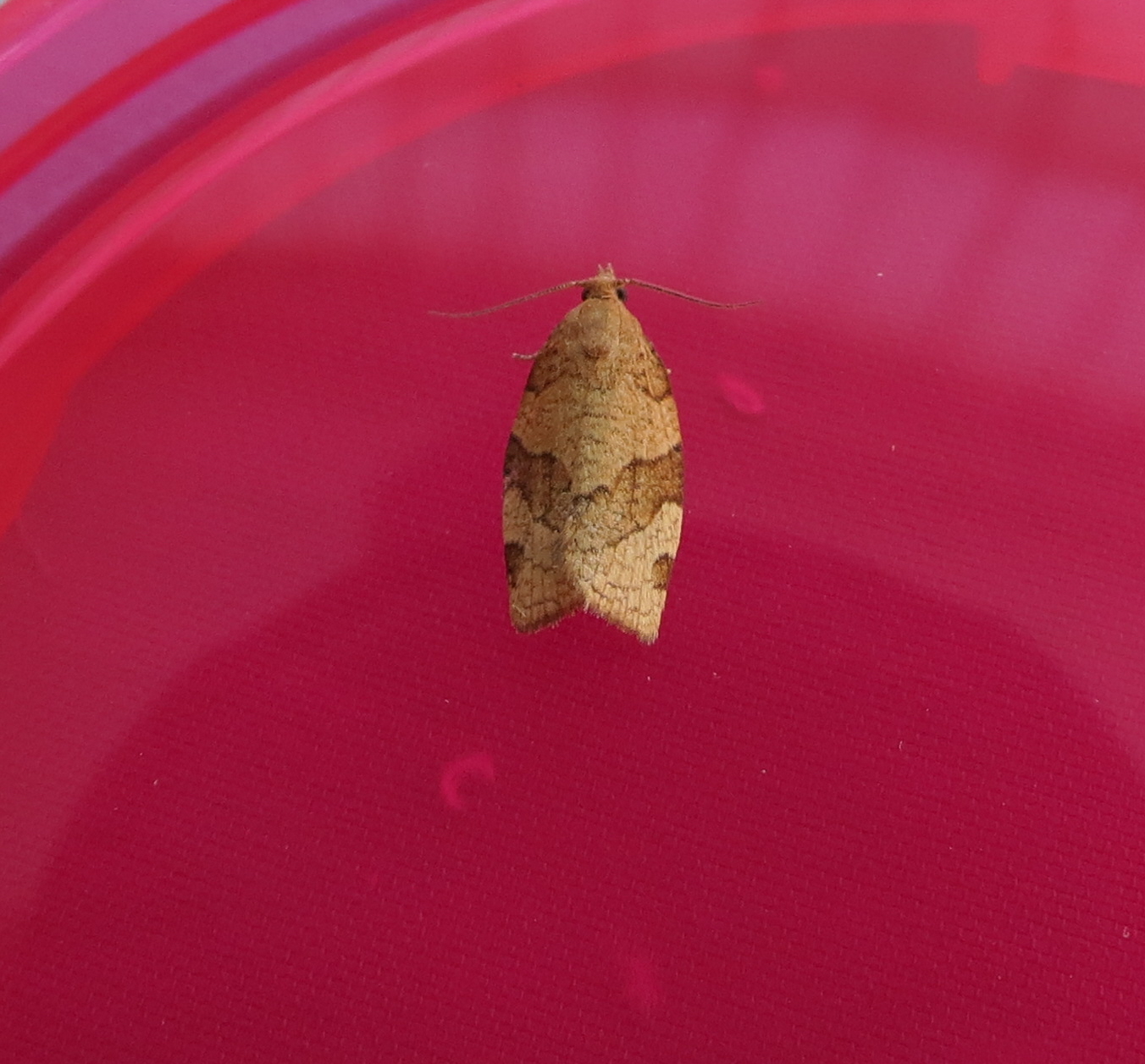
 Pandemis cerasana (Lep.: Tortricidae) Bill Katz
Pandemis cerasana (Lep.: Tortricidae) Bill Katz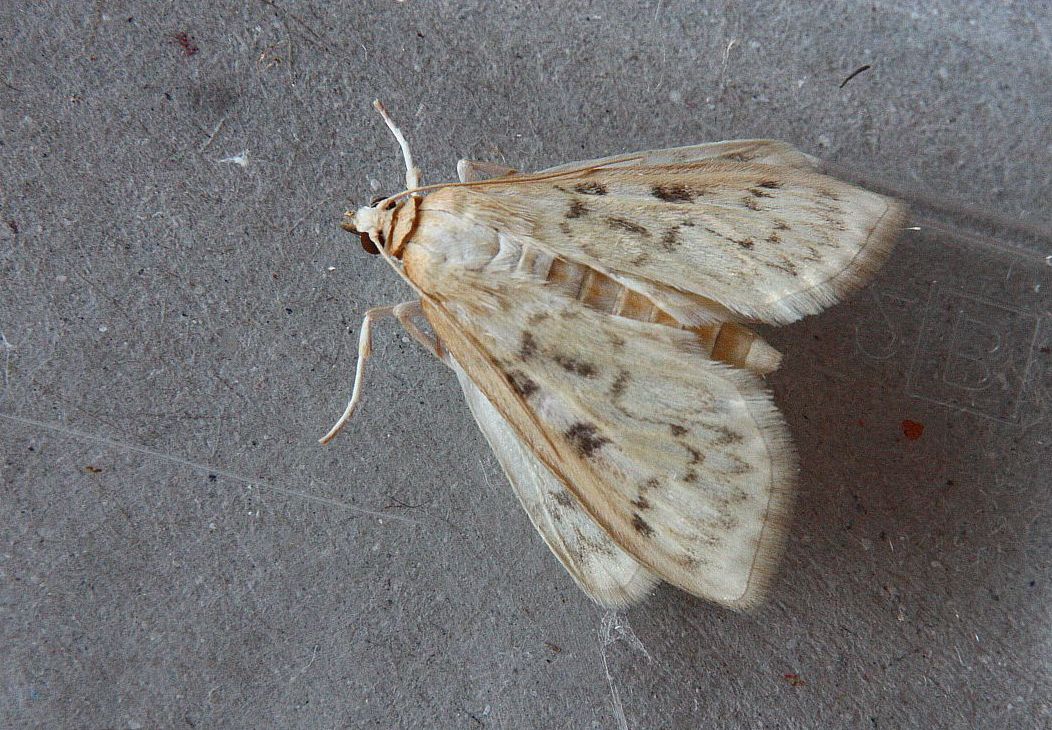
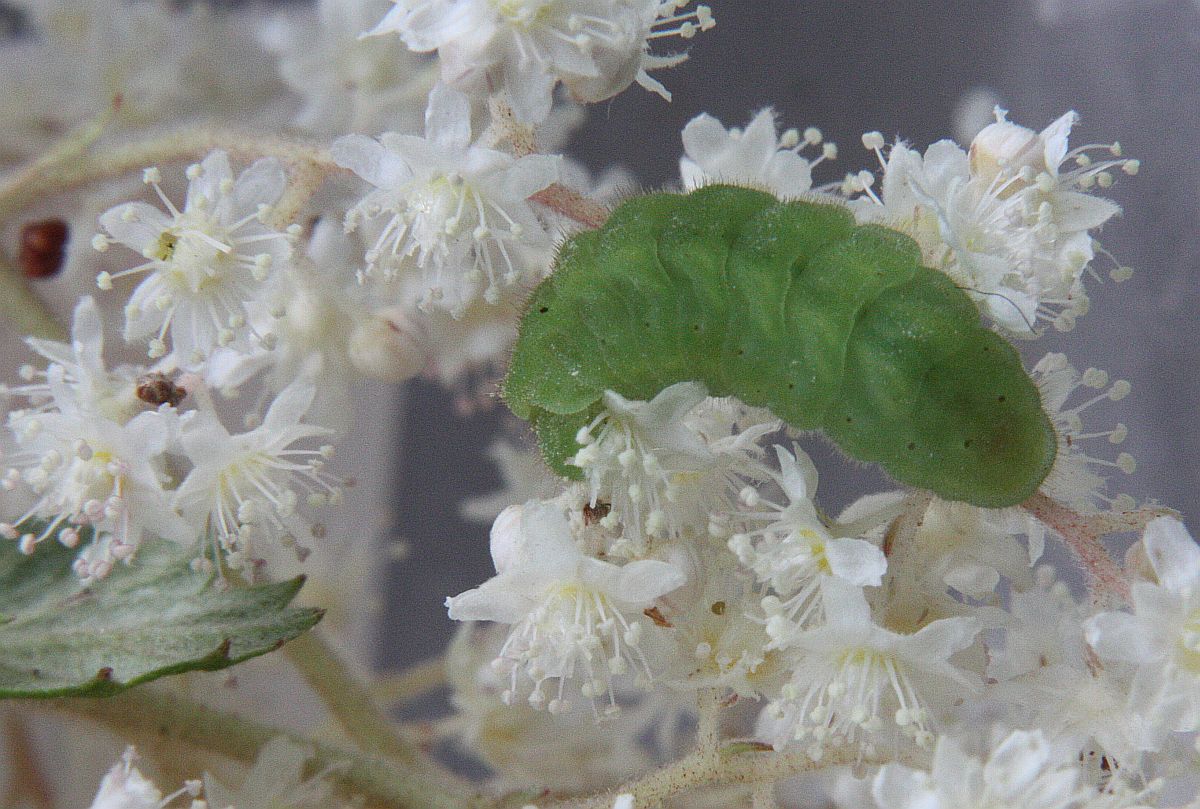
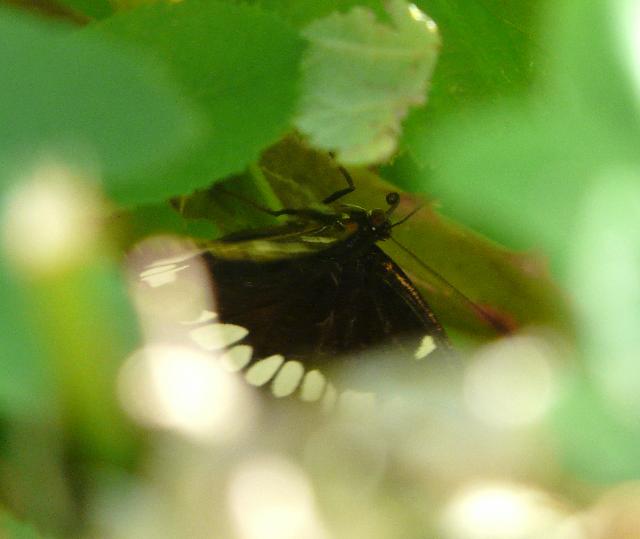
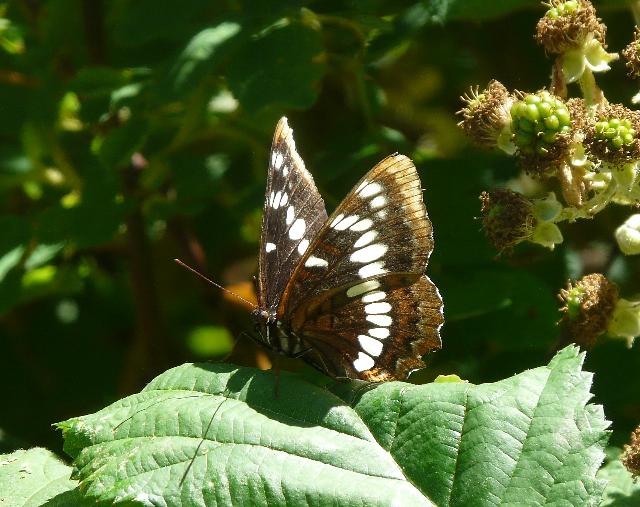
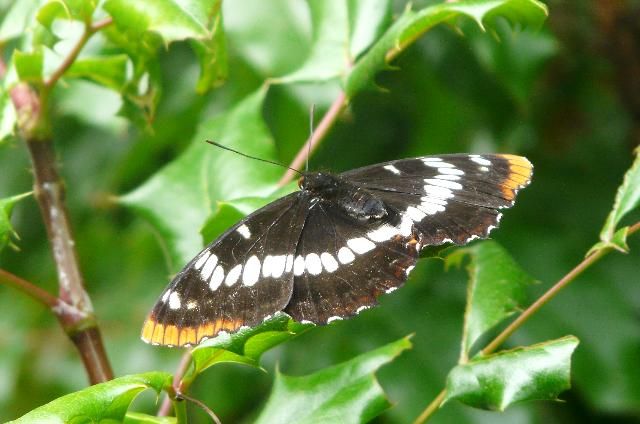
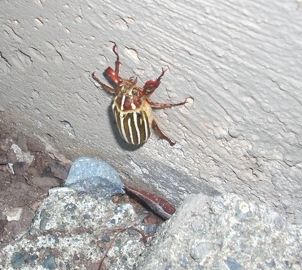
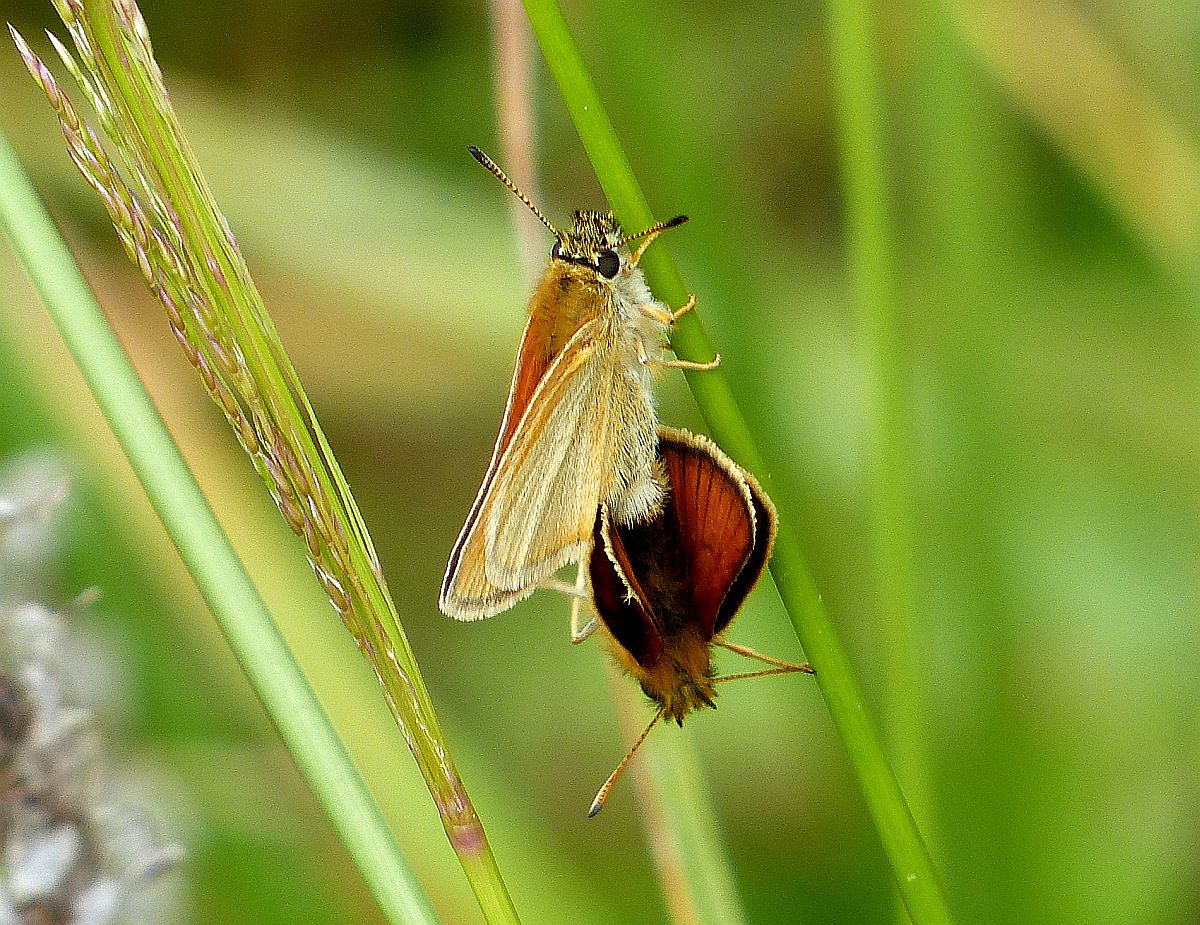
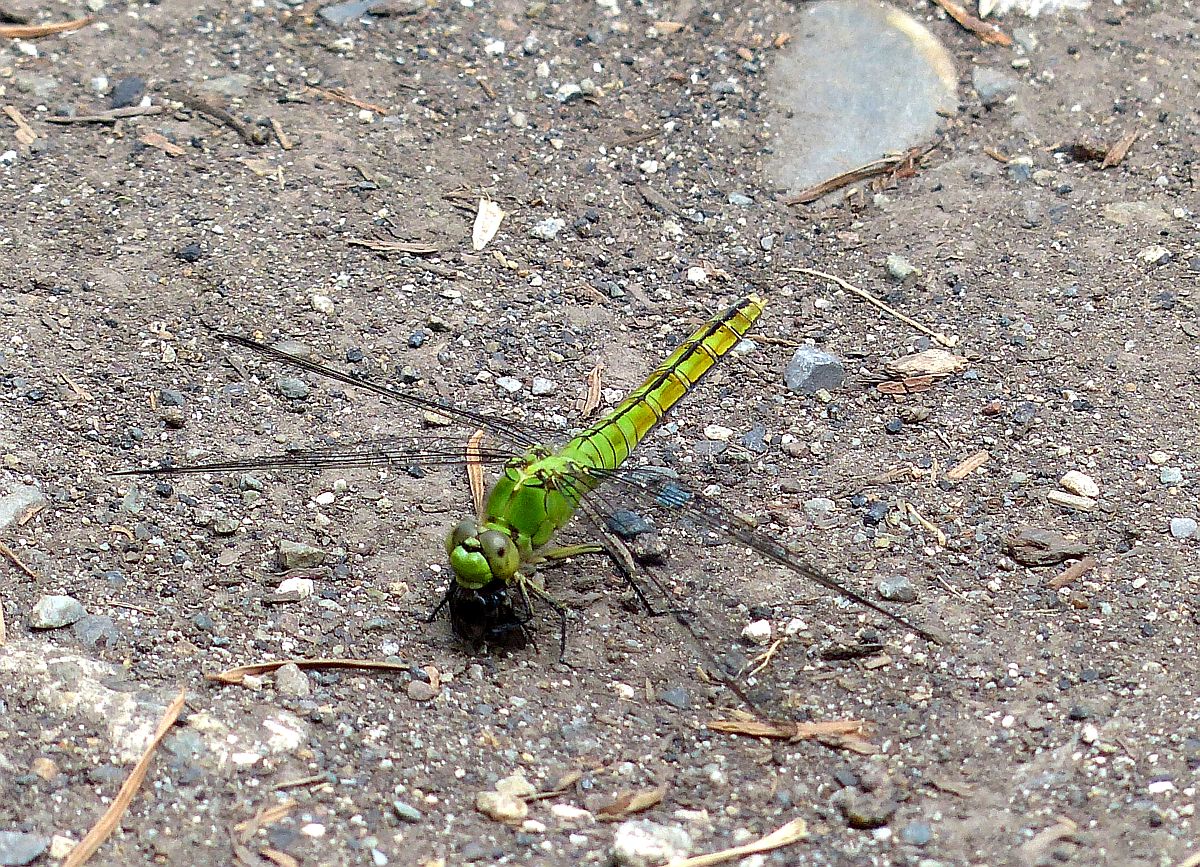 e
e